The Johnsongrass that is.
Part of my pasture was taken over by Johnsongrass this year. It’s always been there but in previous years I swear it was never this bad. This year it has been awful and multiplied all over the pasture, so it was time to take steps to get rid of it.
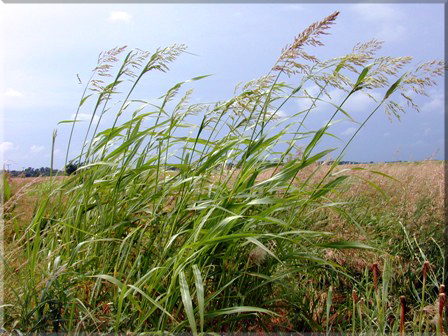
Why Is Johnsongrass Bad
Johnsongrass is very toxic to horses and can cause major problems including kidney and bladder issues. Furthermore, this weed contains cyanide compound and when eaten and digested it can cause a horses body to lose the ability to absorb oxygen.
Symptoms of Poisoning in Horses by Johnsongrass
According to thehorse.com, affected horses gradually develop ataxia, incoordination, difficulty backing, and dribbling urine, progressing to flaccid paralysis of the tail and hind legs. Mares repeatedly open and close the vulva as if in heat and have continuous urine dribbling and scalding of the hind legs.
How to Kill Johnsongrass
Since Johnsongrass is a weed it can be killed using a good weed killer. Keep in mind, most weed killers are not good for horses to ingest so you’ll need to make sure to keep your horses off the pasture until its safe for them to be on again.
We used Roundup to kill the Johnsongrass. In order to make sure the horses wouldn’t get into that pasture, we put up new fencing to keep them out. Since I didn’t want to kill the good grass in the field, we “wicked” the weed. In case your not familiar with a Wick, here’s an image of the exact one we used before. 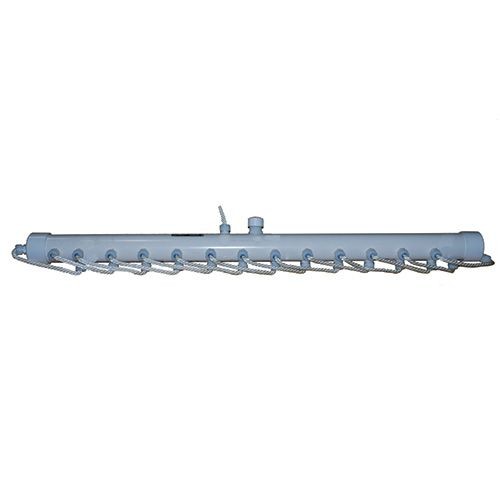
Basically, you can rig it to a 4wheeler or Tractor and then you just drive through the field. All you do is fill the tube with your weed killer and then the ropes will soak it up. When you drive through the field, the leaves of the grass touch it and the weed killer will get on to them and kill it.
Here’s what it looks like after it dies.
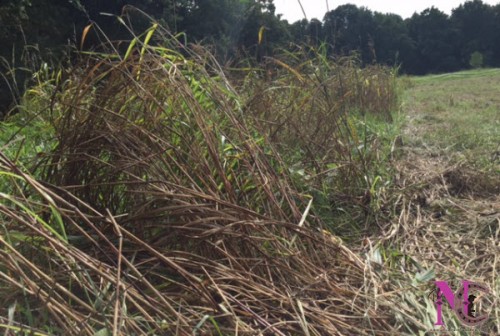
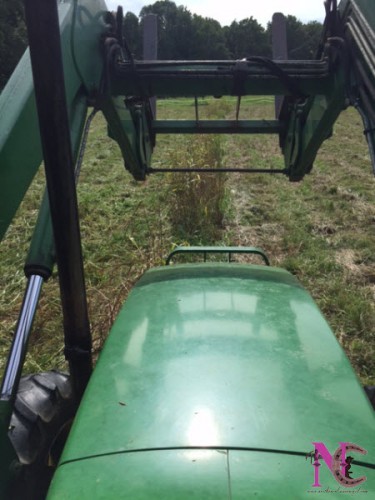
What we’ve learned from doing this is that it will take a couple rounds of wicking before you get it all. It also takes time and patience because you have to let it grow tall enough you can wick it and not get the good grass. So once most of it was dead, we went ahead and bush hogged the pasture. Now we’ll sit back and let what’s not dead grow up again and then start the process over until we’ve eventually killed it all. After it’s all dead we’re planning to go back in and reseed the pasture.
My expectations are that the weeds will all be gone this year and hopefully we can reseed in the fall. If all goes according to plan then by next fall the horses should be able to come back on this pasture. Only time will tell though.
For more information on Johnsongrass visit:
http://equusmagazine.com/article/10-most-poisonous-plants-for-horses-8208
http://www.thehorse.com/articles/26443/toxin-topic-johnsongrass-poisoning-in-horses

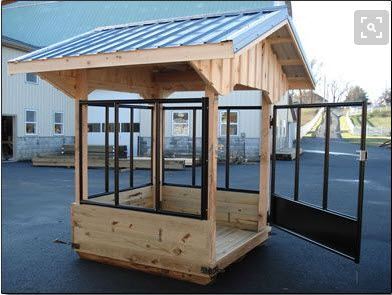
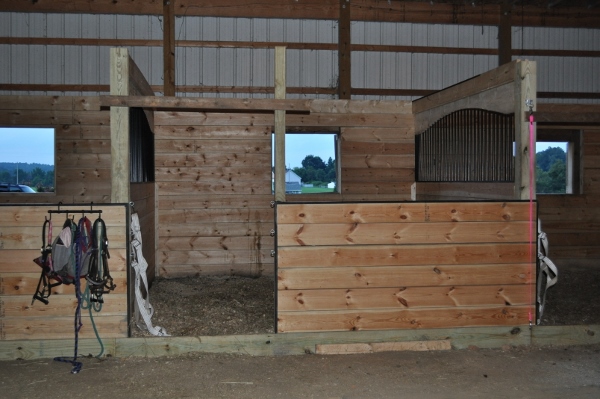
No Comments